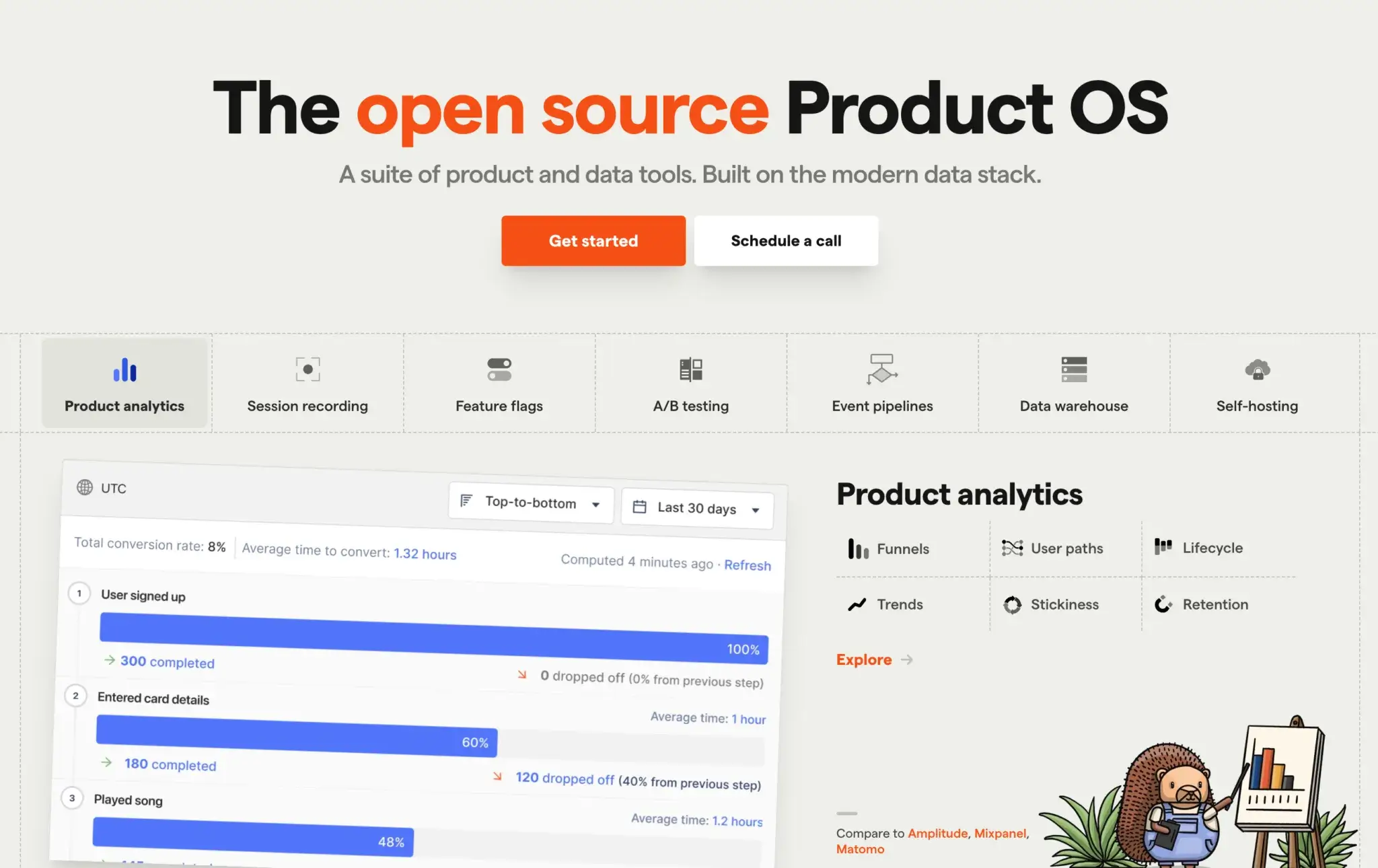There is no one-size-fits-all approach to prompting an AI, as it depends on the specific AI you are working with and what you want to accomplish. However, there are some general guidelines you can follow to ensure that you are effectively communicating with an AI:
- Be clear and concise
- Use the right language
- Provide sufficient context
- Be patient
Be clear and concise:
AIs are designed to understand natural language, but they can sometimes struggle with vague or overly complex instructions. To maximize the chances of success, make sure to provide clear and concise prompts that specify exactly what you want the AI to do.
When providing instructions to an AI, it’s important to be clear and concise to help the AI understand what you want it to do. This means avoiding vague or overly complex instructions, and instead providing specific and straightforward instructions that the AI can easily understand.
For example, instead of saying “Can you help me with this?”, you could say “Please add the numbers 2 and 3 and tell me the result”. By providing clear and concise instructions, you can help the AI understand exactly what you want it to do and increase the chances of success.
Use the right language
Some AIs are trained to understand specific languages, and it’s important to use the right language when prompting them. This is because AIs use natural language processing (NLP) algorithms to understand and interpret the language they are trained on. If you use a language that the AI is not trained on, it may not understand your prompts and may not be able to respond correctly.
For example, if you are working with an AI that is trained to understand English, you should use English when prompting it. Similarly, if you are working with an AI that is trained to understand Spanish, you should use Spanish when prompting it. By using the right language, you can help the AI understand your prompts and increase the chances of success.
Provide sufficient context
AIs can sometimes struggle to understand the context in which a prompt is given, which can make it difficult for them to accurately interpret and respond to the prompt. This is because AIs are not able to perceive the world around them and rely on the information they are given to understand the context of a prompt. To help an AI understand the context of a prompt, it’s important to provide as much relevant information as possible.
For example, if you are asking an AI to answer a question, make sure to provide all of the information the AI needs to answer the question accurately. This might include information about the topic of the question, any relevant background knowledge, or any other relevant details. By providing the AI with sufficient context, you can help it understand the prompt and increase the chances of a successful response.
Be patient:
AIs are not perfect, and they may not always understand or respond to your prompts correctly. This is because AIs are limited by the data they are trained on and the algorithms they use to interpret that data. As a result, they may not always be able to accurately understand or respond to your prompts. If this happens, it’s important not to get frustrated. Instead, you can try providing the AI with additional information or rephrasing your prompt to make it clearer.
For example, if the AI does not understand your initial prompt, you can try providing more information or examples to help it understand. Alternatively, you can try rephrasing your prompt in a different way to see if the AI responds better to a different formulation. By being patient and providing additional information or clarifications, you can help the AI understand your prompts and increase the chances of a successful response.
By following these guidelines, you can help ensure that you are effectively communicating with an AI and that it is able to understand and respond to your prompts.
Examples of how to prompt an AI
Here are some examples of how to prompt an AI:
- “Please translate this sentence from English to Spanish: ‘The quick brown fox jumps over the lazy dog.'”
- “Can you identify this object in the image?”
- “Please generate a summary of this article.”
- “What is the weather like in London today?”
- “Please play the song ‘Stairway to Heaven’ by Led Zeppelin.”
In each of these examples, the prompt is specific, clear, and concise, and it provides the AI with the information it needs to successfully perform the task. By providing prompts like these, you can help the AI understand what you want it to do and increase the chances of a successful response.
Creative examples of how to prompt an AI
Some creative examples of how to prompt an AI:
- “Please create a poem about the beauty of nature.”
- “Can you recommend a good restaurant in Paris for a romantic dinner?”
- “Please generate a list of creative gift ideas for a friend’s birthday.”
- “Can you design a new logo for my company?”
- “Please generate a recipe for a delicious and healthy meal.”
In each of these examples, the prompts are creative and imaginative, and they challenge the AI to think outside the box. By providing prompts like these, you can help the AI explore new possibilities and potential applications, and you may even be able to elicit surprising or unexpected responses.
Of course, it’s important to keep in mind that AIs are limited by the data they are trained on and the algorithms they use, so they may not always be able to generate creative responses to these kinds of prompts. However, by providing creative and imaginative prompts, you can help the AI expand its capabilities and abilities.
Complex examples of how to prompt an AI
Here are some complex examples of how to prompt an AI:
- “Please solve this mathematical equation: 2x + 3y = 15, where x and y are unknown variables.”
- “Can you create a detailed marketing plan for a new product launch?”
- “Please generate a detailed financial forecast for the next quarter.”
- “Can you diagnose this medical condition based on the symptoms and patient history provided?”
- “Please generate a detailed plan for reducing greenhouse gas emissions in our company.”
In each of these examples, the prompts are complex and require the AI to perform a detailed analysis or synthesis of information. These kinds of prompts can challenge the AI and help it demonstrate its abilities and capabilities. However, it’s important to keep in mind that AIs are limited by the data they are trained on and the algorithms they use, so they may not always be able to provide accurate or complete responses to complex prompts like these.
By providing complex prompts, you can help the AI expand its abilities and capabilities, but you may also need to provide additional information or clarifications to help it understand the prompt and generate a successful response.




